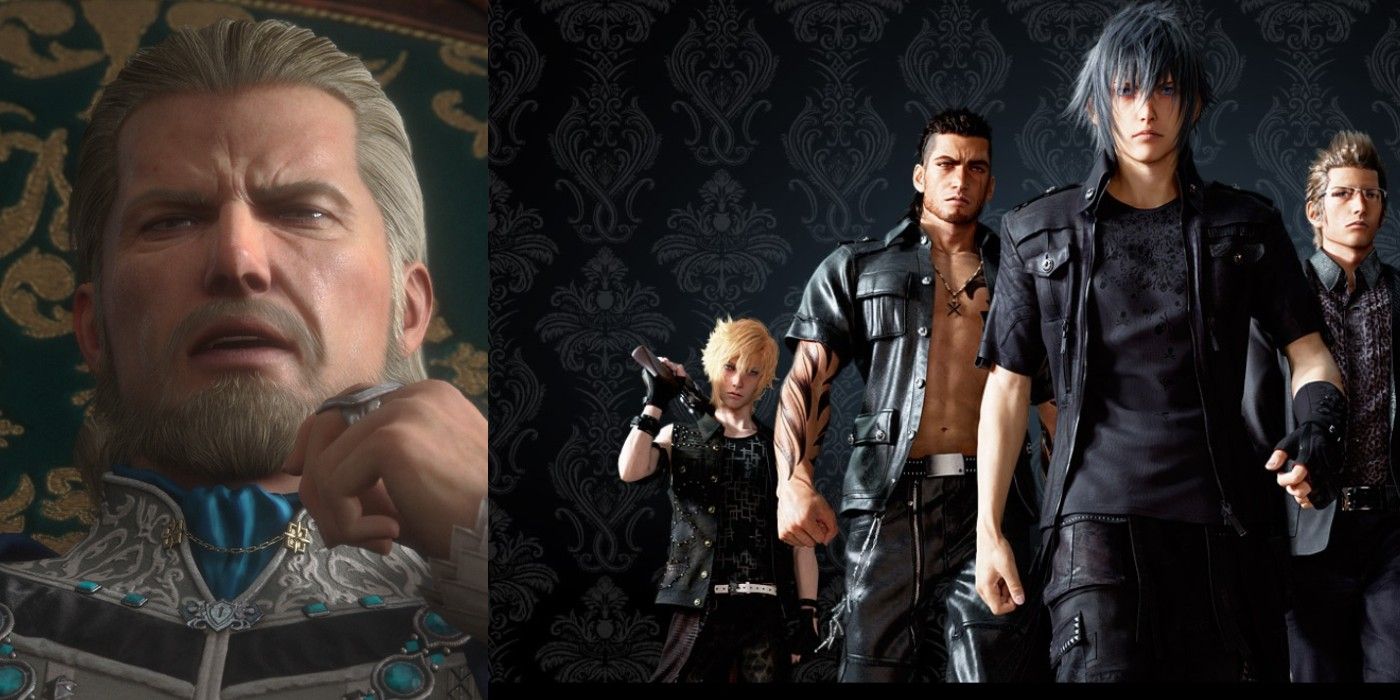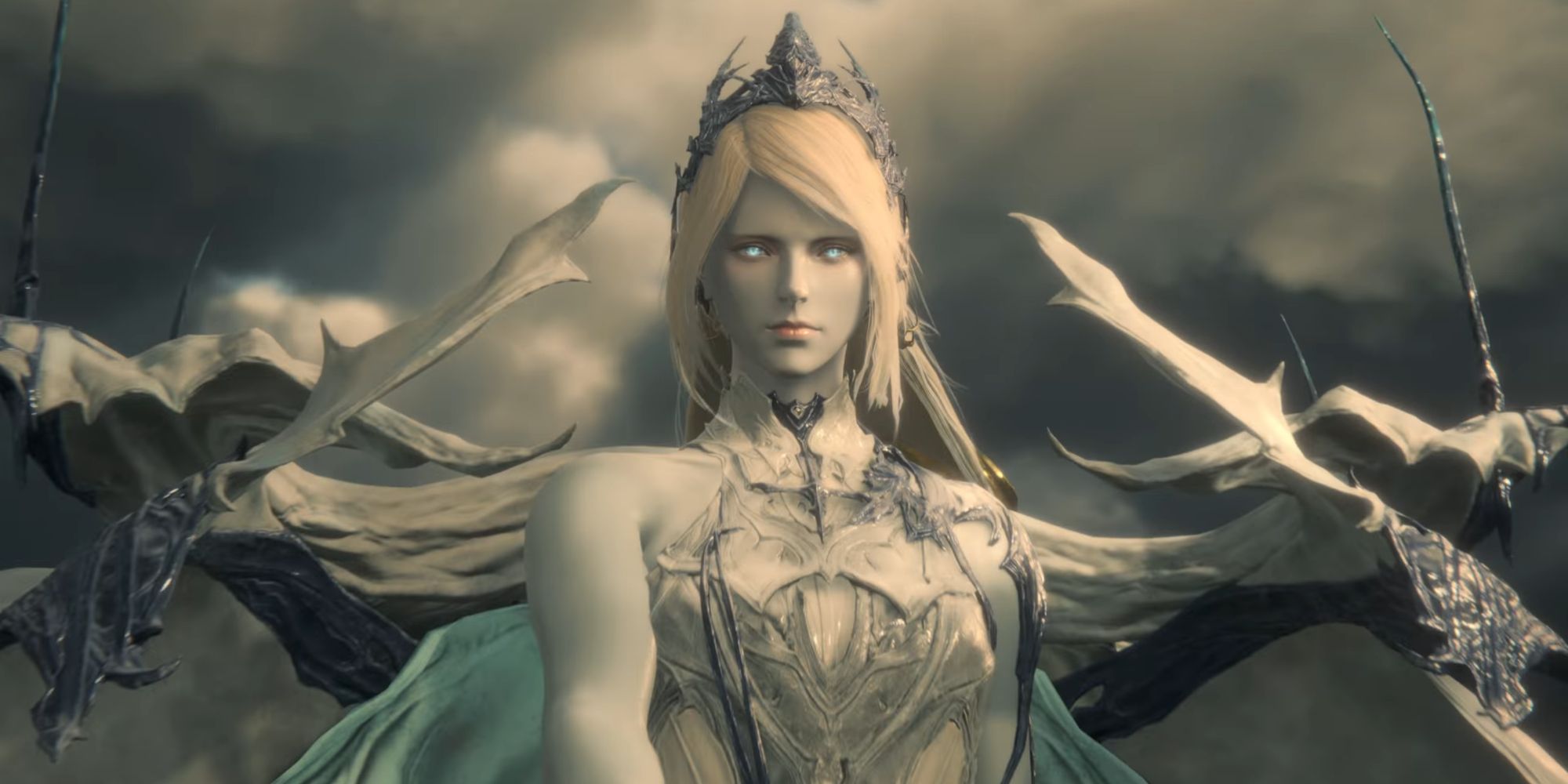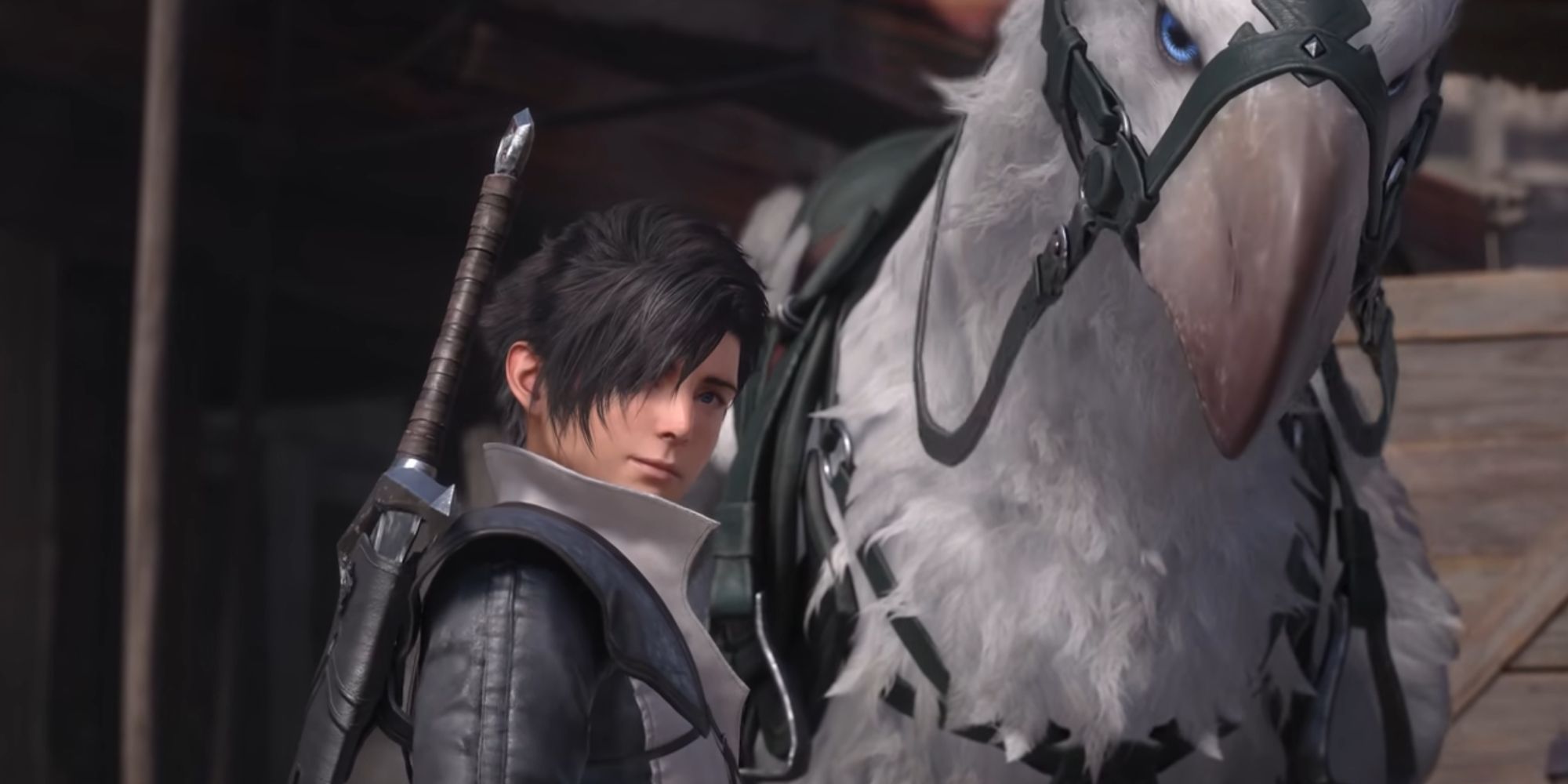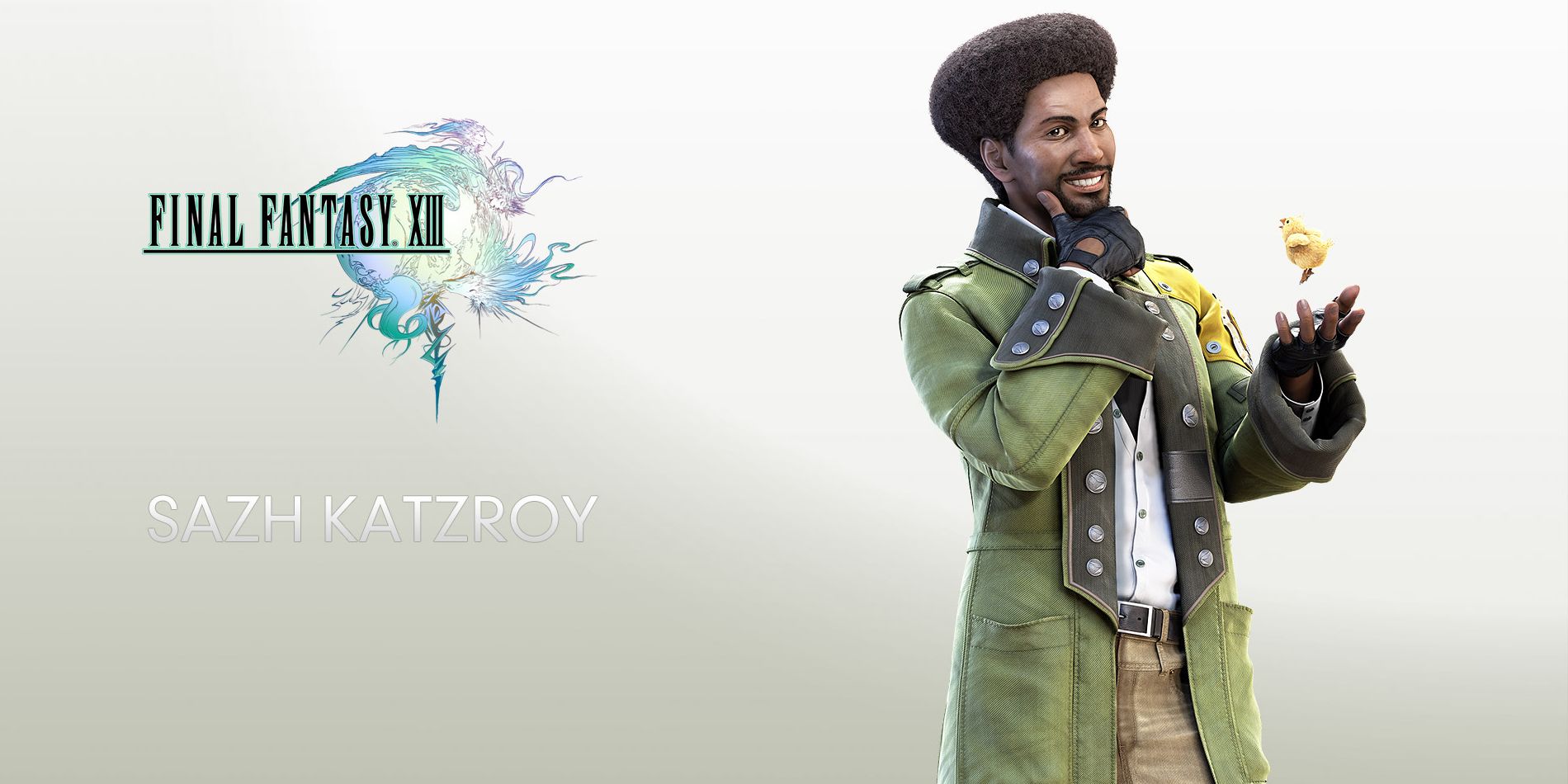Expectations are high for Final Fantasy 16, but trailers and other promotional material suggest it has not learned from the mistakes of Final Fantasy 15, as it appears to be another game focused only on white males, with female characters taking on minimal supporting roles in the story, and not a person of color to be seen. The all-male road trip of prince Noctis and his crew raised eyebrows when Final Fantasy 15 was released in 2016. Earlier entries in the series, like the beloved Final Fantasy 6 as well as the entire Final Fantasy 13 trilogy, focused on strong female characters, but FF16 appears to be another boy’s club.
Fans have followed the Final Fantasy 16 trailers that reveal the kingdoms and factions of Valisthea. An official FF16 story trailer highlights the evident absence of female characterization, as the only female speaking part is that of the trailer’s narrator. Sequences in the trailer show a woman silently reporting to a male monarch, and another in bed with a male character, but it seems none of the game’s women had story-related dialogue worthy of inclusion. Game producer Naoki Yoshida has provided his rationalization for the lack of any people of color, and those same world-building choices could account for the absence of central female characters.
Like FF15, FF16 Appears To Use Female Characters Solely To Motivate & Support Male Heroes
When asked about Valisthea’s void of racial diversity in his interview with IGN, Yoshida stated that despite the importance of representation, “An over-incorporation into this single corner of a much larger world could end up causing a violation of those narrative boundaries we originally set for ourselves. The story we are telling is fantasy, yes, but it is also rooted in reality.” Final Fantasy 16 resembles Attack on Titan, in its aesthetic, but while it carries the same terror of giant monster attacks, FF16 seems to aim to sidestep the murky racial struggles of the popular anime series. The lack of gender representation seems to come from the same design paradigm.
Yoshida asserts that Final Fantasy 16 does feature “a prominent female protagonist” whose “relationship with Clive affects him in ways that reverberate throughout his arc.” Players will need to wait for the game’s release to confirm what this entails, but the language suggests a dynamic close to Final Fantasy 15’s Lunafreya character. Lunafreya, prince Noctis’ betrothed, fit an archetypal role as a female oracle figure whose presence in the story was solely to motivate the male lead. Marrying Lunafreya is the initial end goal of Noctis’ road trip, and in her passing, she becomes a martyr figure, but she never approaches the agency of Terra Branford or Lightning.
It could take 70 hours to beat Final Fantasy 16, but that playtime may provide another FF15-style story where white male characters shape the world’s destiny, one or two women might exist to motivate the males, and people of color are simply not part of the fantasy. FF16 seems to follow the JRPG model wherein female protagonists are rare, and the games that do feature a predominantly female cast often rely on hyper-sexualization as a selling point. The narrow range of skin tones is just as ubiquitous in JRPGs, and there are considerably fewer heroes of color in the genre than there are strong female leads.
A Fictitious World Like FF16's Valisthea Contains Gods & Monsters, It Could Also Have Diversity
The Valisthea setting returns to a pure fantasy genre world, like that of FF12, absent the science fiction elements of Final Fantasy 13, the cyberpunk vibe of Final Fantasy 7, or the steampunk aesthetic of Final Fantasy 6’s magitech. Where FF15 depicted a modern-day level of technology alongside fantasy elements, FF16 seems to combine FF14 and FF12, leaning towards a medieval fantasy world steeped in complex politics. Although historians repeatedly debunk the myth that medieval Europe lacked racial diversity, the commonly held mythology of Eurocentric fantasy remains that of an almost universally white population where women lack meaningful agency.
Beyond any arguments over what real-world Europe may have looked like in any particular year, fantasy fiction is not beholden to any limitations other than those the writers place on themselves. Yoshida admits in his own response that “narrative boundaries we originally set for ourselves” are the deciding factors, meaning it was a choice to design a fantasy world where the cast lacks people of color, and women are not in positions of power. Where other fantasy genre media has shown that the inclusion of gods, dragons, and wizards, can exist alongside racial diversity and empowered women, FF16 chooses to ignore these advancements in storytelling.
Some fans are rightfully confused about what kind of game FF16 is, in terms of gameplay expectations, or whether player choices can meaningfully impact the story, but from the trailers alone it's easy to see the lack of women and people of color. Since Final Fantasy 2, the series has regularly included female party members, as Maria joined the rebellion against an evil empire and fought for her convictions. Characters from Tifa Lockheart to Freya Crescent have existed as powerful female warriors, and their inclusion did not break the immersion of the fantasy worlds they battled to save. This begs the question of why this paradigm applys for Final Fantasy 16.
Final Fantasy Needs To Improve On Representation & It Needs To Be A Bigger Priority For FF16
In the end, it is a choice to depict a fantasy world where everyone is light-skinned, and women are not given central roles. The central cast of Final Dream was a mistake, and FF16 appears to be doubling down on it. There are iconic elements to the franchise, and FF16 could bring back classic PS1-era tropes like card games, but more importantly, it should bring back the long history of strong female characters in Final Fantasy games, and correct the missteps of FF15. The series also needs to step up its representation of people of color, as characters of other races have been few and far between.
The game producer’s statements make it clear FF16 is not going to be the entry to correct this issue, and it also fails to match even 16-bit standards for showcasing female heroes in Final Fantasy. Representation in media is important, and creators who weigh it as a lesser concern that the notion of immersion in a fully fictional world of their own design need to revisit their priorities. Final Fantasy 16 may be leagues above games like FF6 in terms of graphical presentation, but where representation is concerned, the newest Final Fantasy already feels more like a relic of the past.
Sources: IGN, Square Enix/YouTube




